The facts is that you cannot deny about the impact of programmatic ads in digital world!
Programmatic advertising accounted for more than 85 percent of all digital display marketing expenditures.
What exactly is programmatic, and why are advertisers using it more and more for their display campaigns?
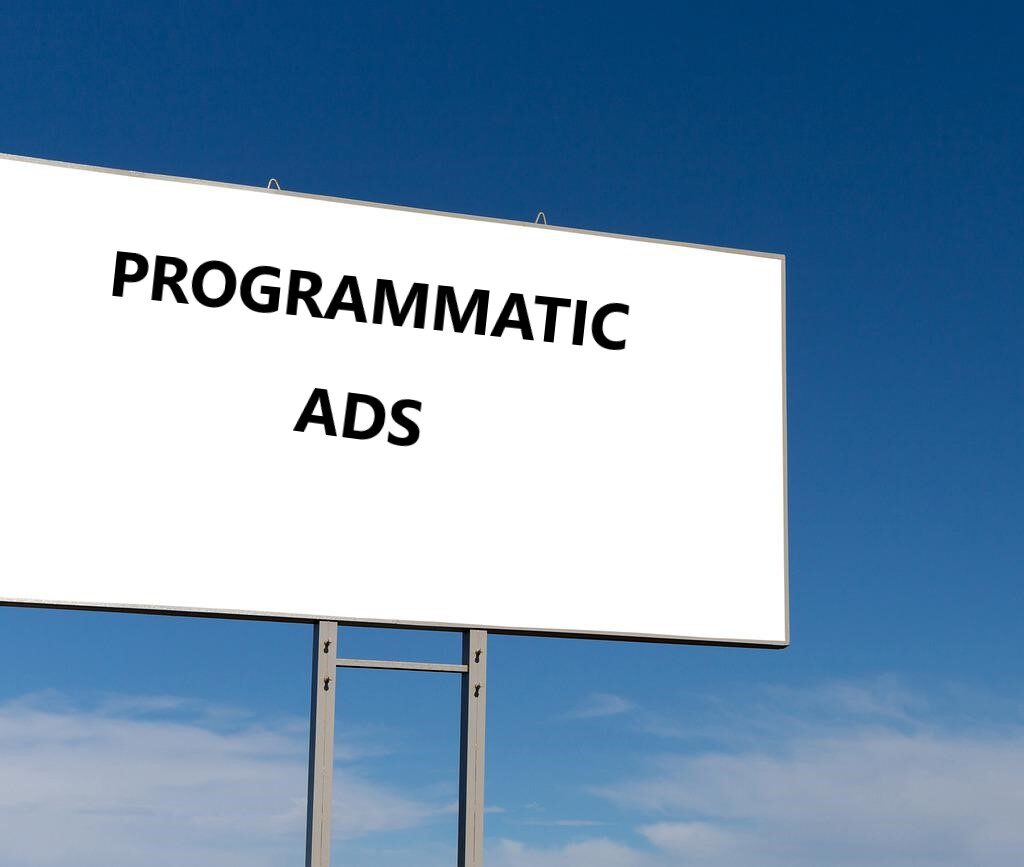
The concept of programmatic advertising is based on the idea of automatically buying and selling digital advertising space. Ads are bought and sold in real time, rather than as static ads or advertising space in a magazine or newspaper.
Programmatic advertising makes it possible for advertisers to buy ads that target specific users. For example, a car manufacturer might use programmatic advertising to show their ads only to people who are likely to buy one of their cars such as car enthusiasts or those who have visited car dealerships recently.
Programmatic ads appear on websites based on information about the site and the people who visit it. Websites can make use of this data to market various ad spots in accordance with the information they include.
Marketers can also use programmatic ads to advertise directly to a website visitor, instead of relying on general advertisements on sites like Google or Facebook. Keep reading to learn more about how programmatic ads work and why they’re so beneficial for both advertisers and website operators.
What is Programmatic Advertising?
Programmatic advertising is sometimes called real-time bidding or real-time buying. Advertisers and publishers use software to manage the process of buying and selling ads. Prices are set based on factors that include how much the advertiser is willing to pay and how much the publisher can charge.
The software uses data points to decide who will see each ad. For example, an advertiser looking to reach people interested in hiking might bid higher for ad space on a hiking website, while a used car manufacturer might target a car enthusiast website.
I think programmatic buying in all its forms is necessary for the future of online advertising. It will underpin growth in all message formats.
Vikram Somaya, VP-Thomson Reuters
Being familiar with the Few terms used in programmatic advertising

Real-Time Bidding
Real-time bidding (RTB) is a method of buying and selling ads that allows for transactions to be completed in about 100 milliseconds, or the time it takes for a webpage to load. A request is sent to an ad exchange as soon as a visitor reaches a website, together with information about the website and visitor information. A real-time auction then occurs between the advertisers who meet the criteria after this information is compared to the pool of eligible advertisers.
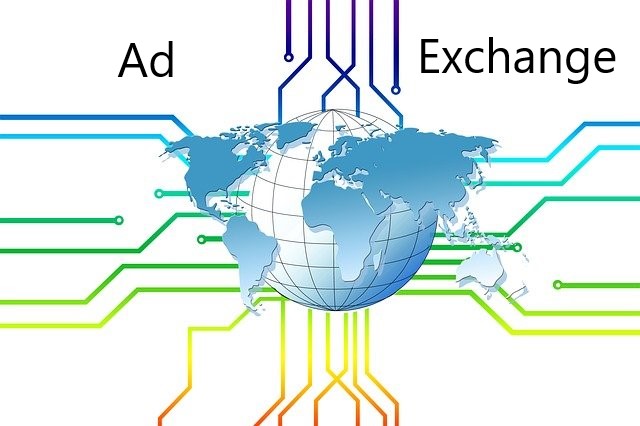
Ad Exchange
Publishers and advertisers can negotiate a fee for the display of their advertising on an ad exchange. The ad exchange is connected to a Demand-Side Platform (DSP) on the side of the advertiser and a Supply-Side Platform (SSP) on the side of the publisher, placing it in the center of the programmatic ecosystem.
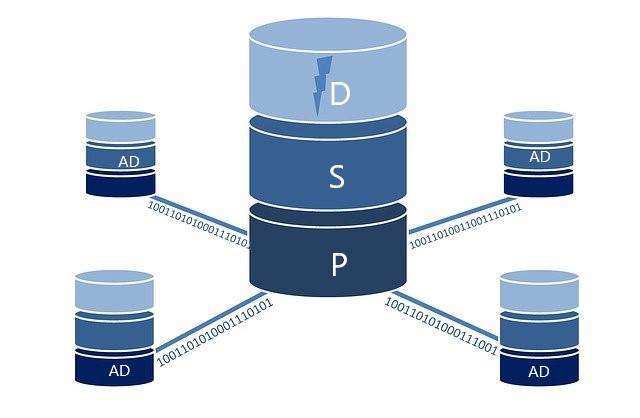
Demand-side Platform
A demand-side platform is a software application that lets marketers purchase ad spaces on an automated basis. Advertisers register with DSPs, which are linked to ad exchanges. An auction signal is transmitted to the ad exchange when a visitor arrives at a website connected to it. The exchange then queries the DSP to see if any advertising from the advertiser could work for the placement. If it does, the DSP sends a signal to other advertisers to compete for the placement in a real-time bidding auction. The website visitor will see the winning bidder’s advertisement.

Supply-side Platform
Through Real-Time Bidding, the SSP connects to an ad exchange and instructs it what kind of inventory is available. This inventory is then automatically auctioned off to the highest bidder. To increase the publisher’s visibility to potential customers, an SSP can link to a number of different ad exchanges. A publisher may more effectively control inventory with an SSP; you can set minimum prices and impose specified buyers or specific channels.
How does programmatic advertising work?
Programmatic advertising is managed through a series of online exchanges. When a user visits a website, they are assigned an identifier, called a cookie, that collects information about their device and their activities online. This data is used to set a range of prices for different ad slots on the site. Advertisers bid for space on the site in real time, choosing how much to pay for each ad slot based on the information that site’s cookie shows about its readers.
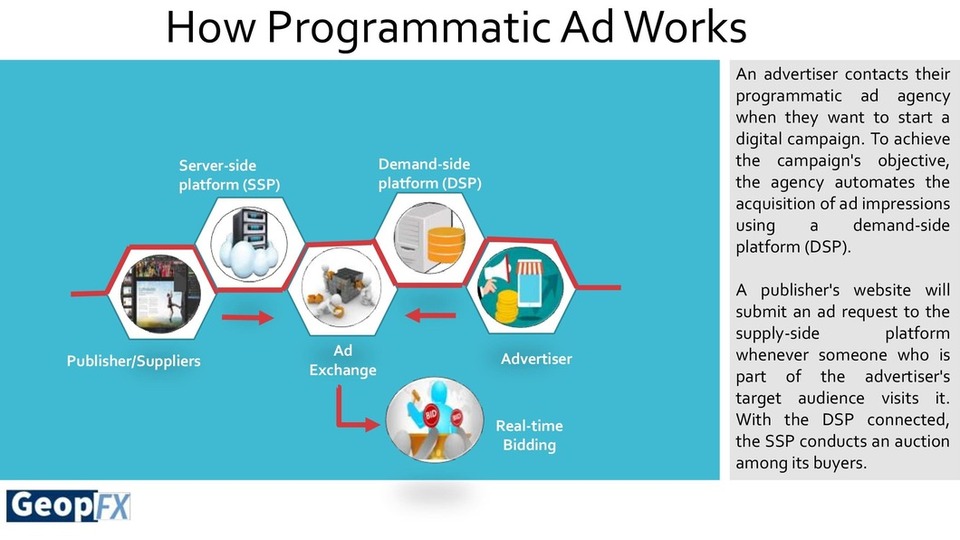
The transaction takes place between the advertiser and the ad platform managing the ad space on that website. Workflow for programmatic advertising involves two main parties: advertisers and publishers. Advertisers are the brands who create and manage ad campaigns. They choose their target audiences, set budgets and select the type of ads they want to show.
Publishers are the people who host ads on their websites or mobile apps and decide which ad campaigns to run and for how long. Depending on the publisher’s relationship with an ad network, they may be able to choose which ads to show and even earn a commission on the ad revenue they generate.
Why Advertisers Use Programmatic Advertising
There are a couple of reasons why advertisers might use programmatic advertising to reach their audience. The most important reason is that it allows them to reach a large audience with a high level of precision. This is especially true in the digital space, where advertisers have the ability to create ads that aren’t constrained by the space limitations of print or television ads.
This means they can make their ads much more targeted, and therefore more relevant, than ever before. Another reason why advertisers might use programmatic advertising is that it allows them to scale up their campaigns quickly. When a company launches a new product, for example, they want it to be available to as many people as possible as quickly as possible. Programmatic advertising allows them to buy ad space quickly, with little human intervention, and reach those people with their message.
Why Publishers Use Programmatic Advertising
Publishers use programmatic advertising for a variety of reasons. One of the most important is that it allows them to earn more from the same amount of ad inventory. While digital ad space is incredibly valuable, it also comes with a high cost. Programmatic advertising allows publishers to still profit from their ad inventory while accepting the higher bids that are typical of programmatic advertising.
Another reason why publishers might use programmatic advertising is that it allows them to scale up their ad revenue quickly. When a big company wants to buy ad space, it may want to reach millions of people at once. With programmatic advertising, publishers can accept those massive buys quickly, without having to manually manage each ad buy.
How to Find the Right Partner for Programmatic Ads
One of the most important things to think about when choosing a partner for programmatic ads is their technology. A reliable ad network will be able to provide detailed information about the people who are seeing your ads and the performance of your campaigns. The quality of your relationship with the advertisers using your site is also important.
Even if you aren’t directly responsible for the ads on your site, you may still have some control over what ads are shown. When you work with an ad network, you have the opportunity to choose which advertisers you prefer to work with and which ones you’d rather avoid. This can be helpful if you have a brand identity you’d like to protect from specific types of ads.
Publishers can use a variety of venues to discover the services they need and to connect with advertisers who can meet their needs.
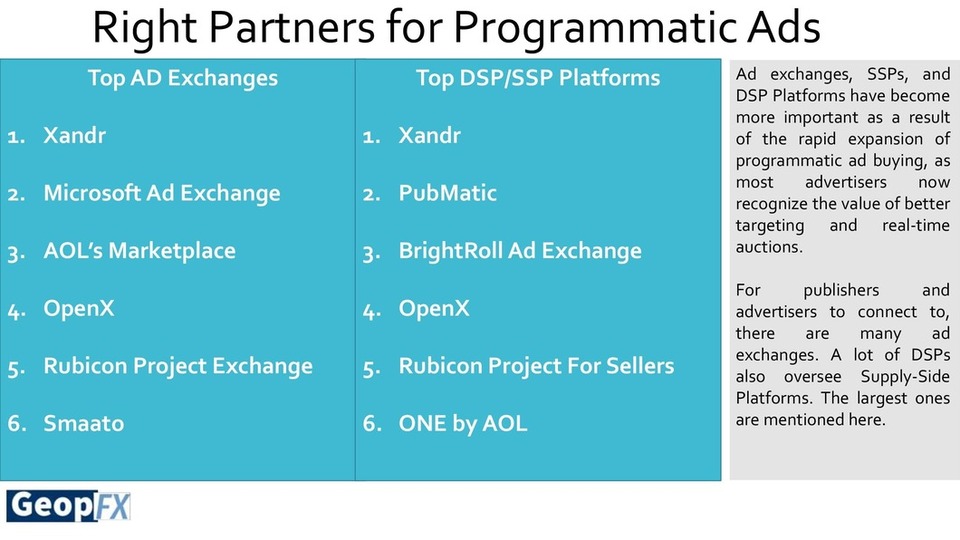
What is the Cost of programmatic advertising?
CPM, or cost per 1,000 ad impressions, is a term used in online advertising to describe how programmatic is commonly transacted. Industry, device, format, and location on the page all affect price. Programmatic CPMs typically range from $0.50 to $2 CPM. Comparing this to human-driven trade, where prices are often $10 or more, there is a significant cost advantage.
That costs x5 as much!
For small firms with tight marketing budgets, programmatic low cost is a huge asset.
Bottom Line
Programmatic advertising allows advertisers to reach a large audience with a high level of precision. It also allows them to scale up their campaigns quickly, which can be especially helpful when launching new products. Publishers can also profit from programmatic advertising, as it allows them to earn more from the same amount of ad inventory.
Choosing the right partner for programmatic ads is important for both advertisers and publishers. Ad networks should provide detailed information about their campaigns, and each partner should work hard to protect their brand identity.


